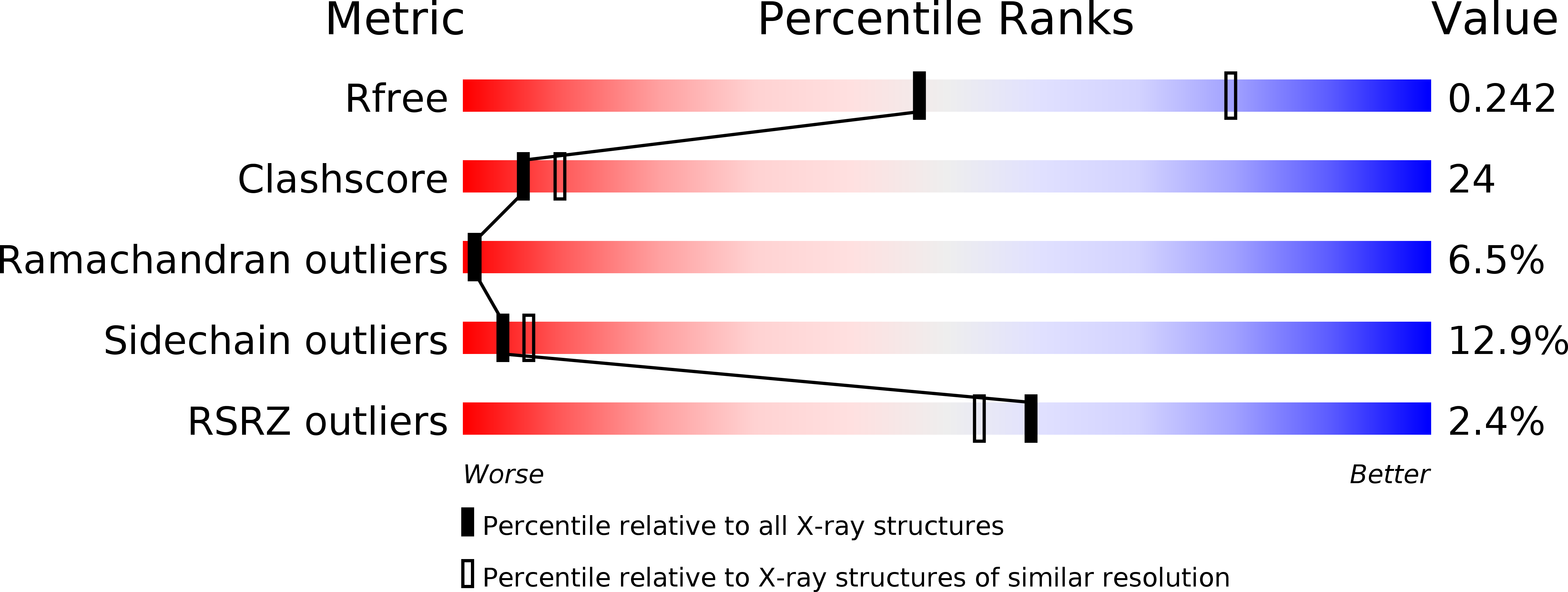
Deposition Date
2009-10-16
Release Date
2009-11-03
Last Version Date
2024-11-13
Method Details:
Experimental Method:
Resolution:
2.61 Å
R-Value Free:
0.25
R-Value Work:
0.19
R-Value Observed:
0.20
Space Group:
P 1


